For many years, Citroen’s C5 model was a mid-size family car that simply did not sell in enough numbers to warrant its continuation. Provided with the firm’s patented, if slightly more subtle ‘air bumps’ (the side and bumper rubbing strips), a loftier driving position and SUV status, the resultant Aircross version weighs into the busiest segment of the crossover sector.
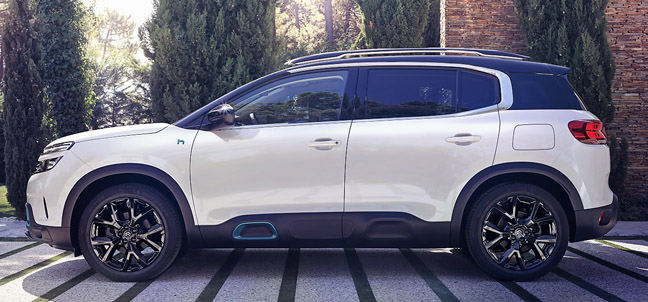
Based on the same group platform as the Peugeot 3008 but retaining front, as opposed to four-wheel drive, helps to keep the Citroen less complex and more affordable. It is certainly a most handsome estate car, with its slim LED headlamps and chrome trimmed ‘Double Chevron’ frontal aspect, and the neat applications of metallicised window surrounds on the flanks. However, its place in the SUV scene is enhanced with the tall body, side protection and slightly higher ground clearance.
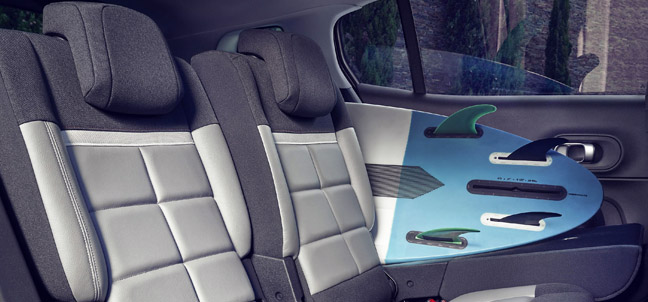
While a 1.2-litre three-cylinder petrol turbo version kicks off the line-up, it is the 2.0-litre four-cylinder ‘180’ motor that powers the pricier but exceptionally well-specified hybrid model that goes on sale in early-2020. Alongside its optimised but conventional engine is a 80kW electric motor feeding a 200V lithium-ion battery pack. Featuring plug-in technology provides the C5 with an EV-only range of around 31 miles and a seriously low 39g/km CO2 rating and upwards of 130mpg potential.
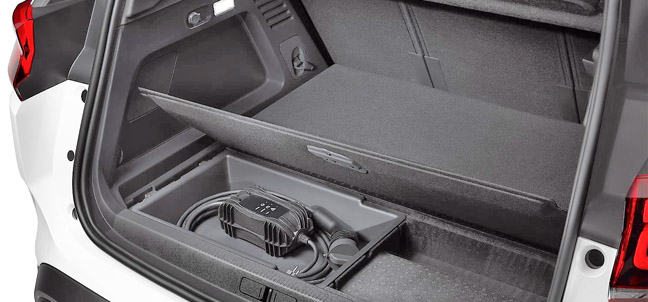
Driving through an electrified e-EAT 8-speed transmission, a combined 222bhp is delivered to the front wheels, which is enough to propel the C5 to a top speed of around 130mph, despatching the 0-60mph dash in around 7.7s. Brake energy regeneration helps to top-up the battery during normal motoring, it also uses an in-built 7kW charging system that reduces plug-in recharging to a mere two hours using a matched domestic, or publicly accessible charging post.
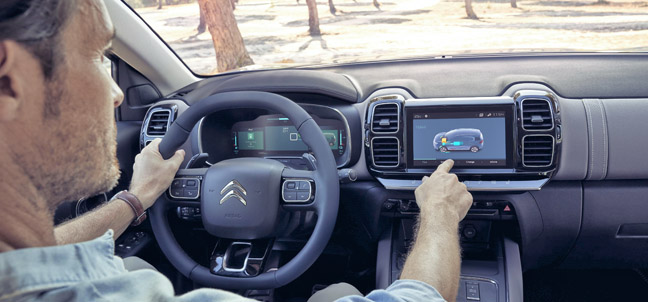
Naturally, the driver can monitor power usage on the 12.3-inch programmable dashboard display, including energy flow, remaining charge and other parameters that include hybrid management and an ‘e-save’ facility that aids overall efficiency to maximise the frugality of the hybrid drivetrain. Connectivity is a vital aspect of the installation and owners will be encouraged to download the My Citroen app, which can also control the vehicle remotely. The in-built sat-nav is optimised with all recharging points being noted and a graphic that provides a practical operational radius to make the most use of plug-in points and maintain a ‘zero emissions’ status.
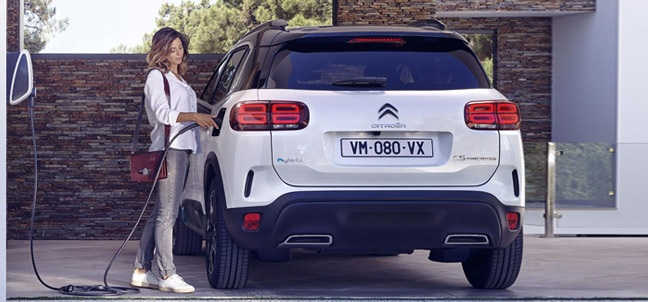
The driving position in the new C5 is much higher than in some SUVs but the cabin is exceptionally comfortable for up to five adults, with copious adjustability of the driver’s seat and steering column. An already exceptional 600-litres of boot space can be augmented to van-like capacity with the folding and removable rear seats, which are produced from lightweight but sturdy materials to enhance the car’s overall practicality. It does seem as though Citroen has not only been very thoughtful about its colourfully different SUV but also determined to demonstrate that it is capable of moving on the game, even though it was a relative latecomer to the party.
